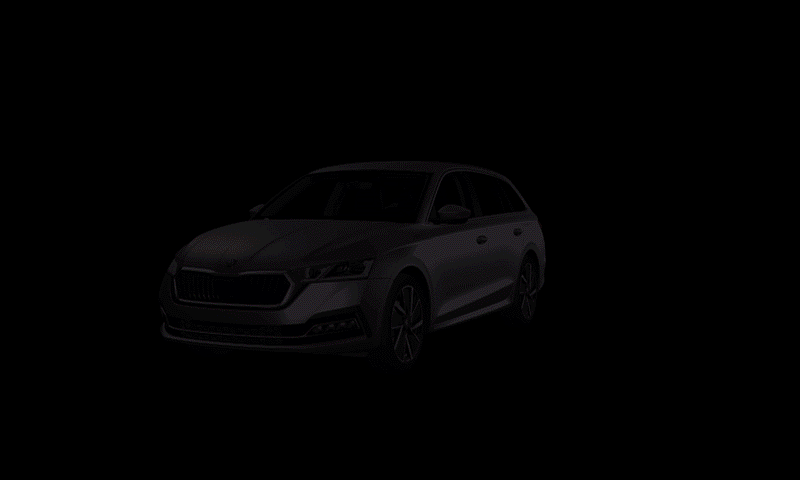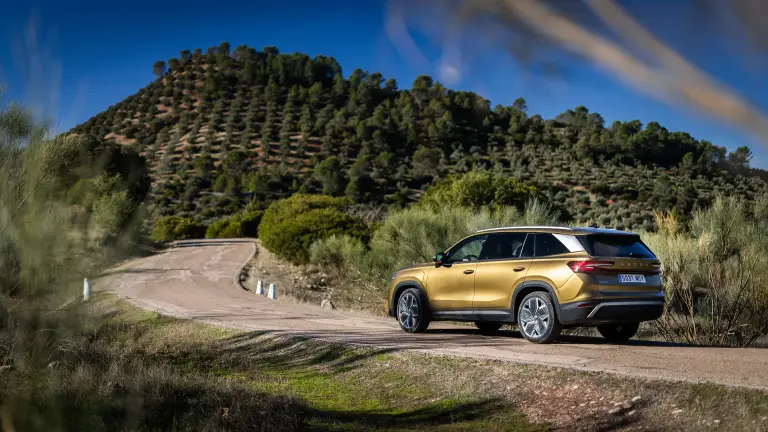The perfectly aerodynamic ŠKODA OCTAVIA

The fourth-generation ŠKODA OCTAVIA is one of the leaders in its class for aerodynamics. Find out how the company achieved this.
14. 7. 2020 Škoda World Innovation & technologyMedia Box
9 images
Show more
Show less































